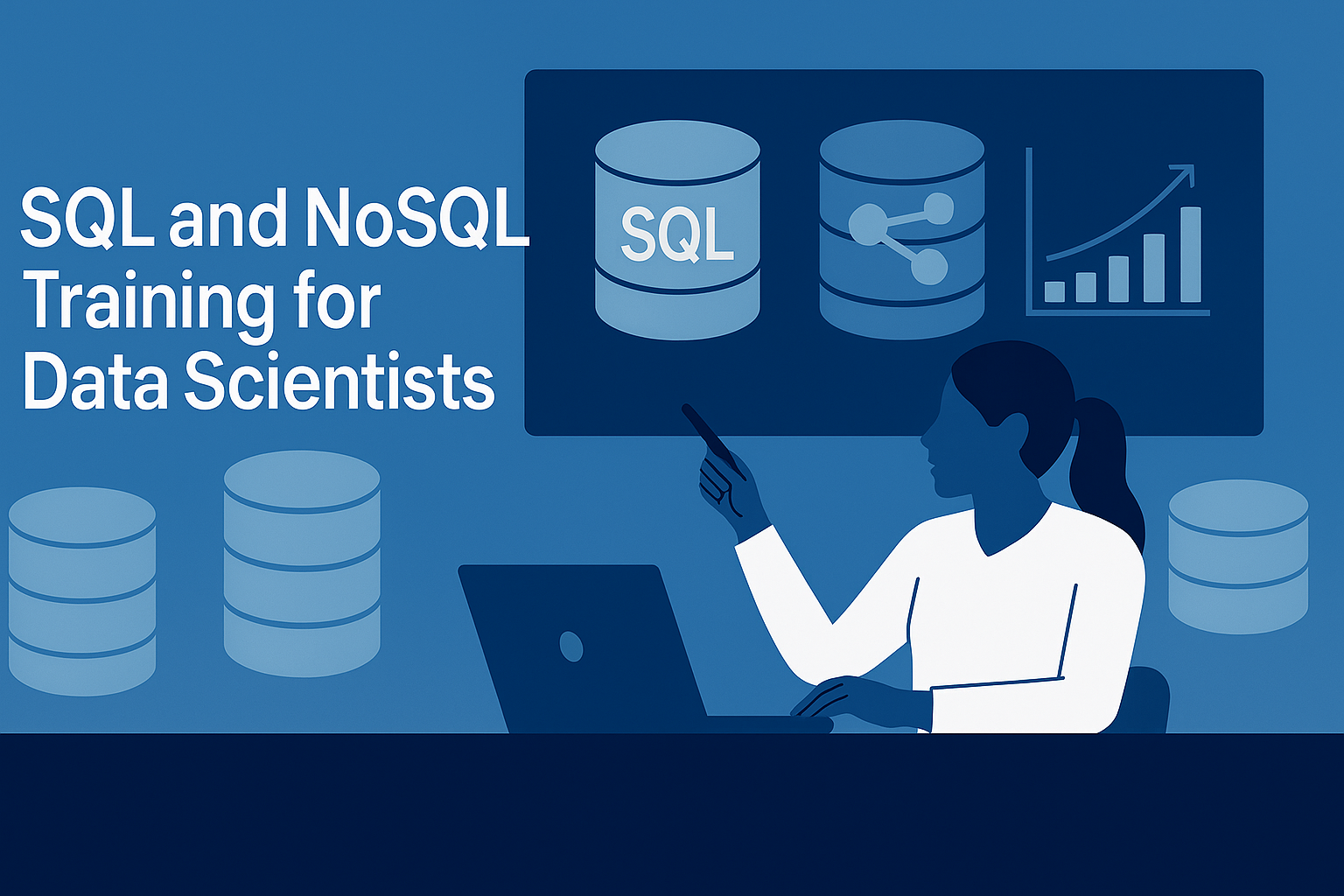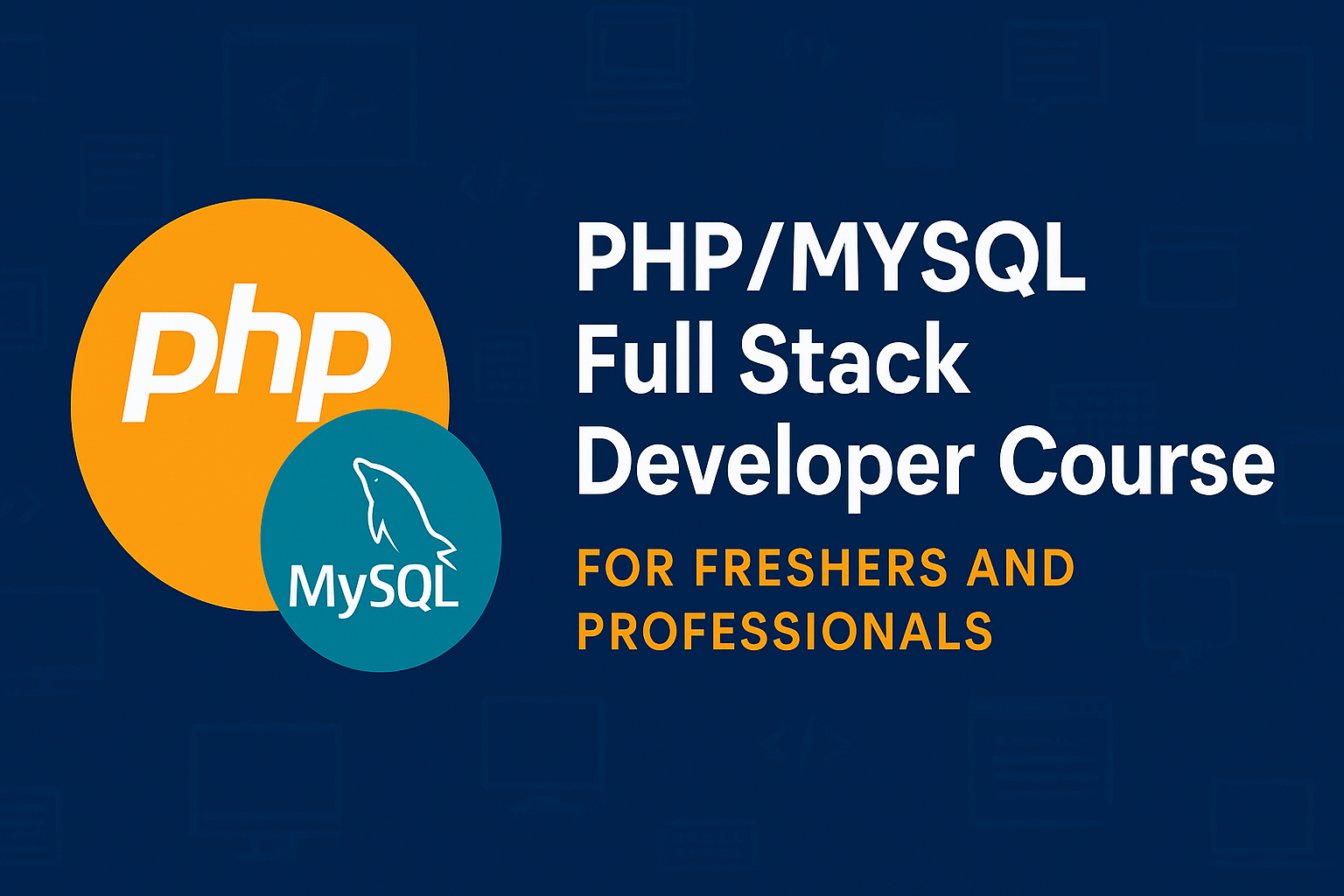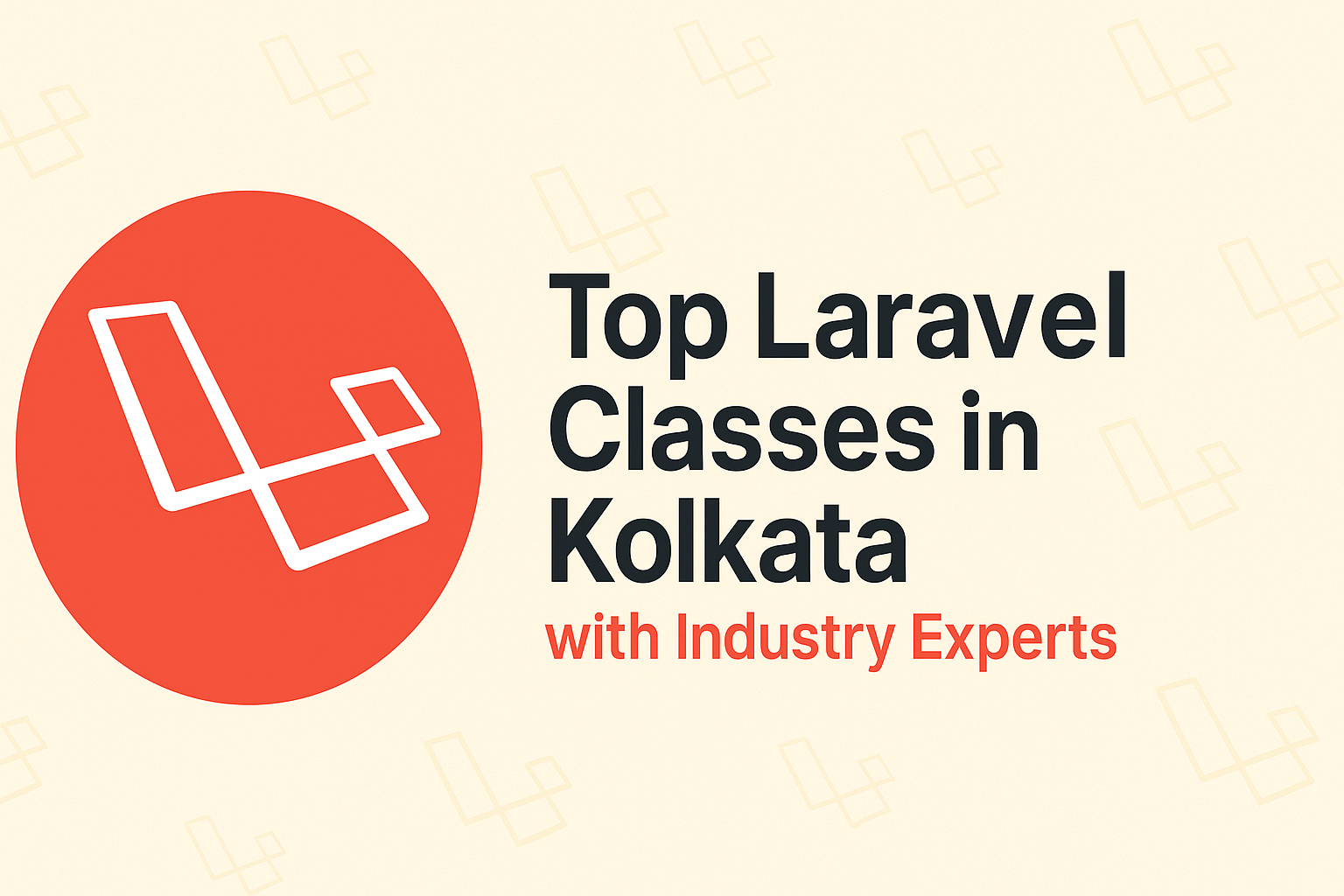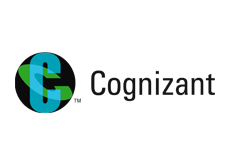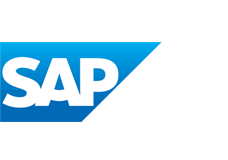📌 Introduction
In the rapidly evolving world of big data, every aspiring data scientist must master database technologies. Whether you’re enrolled in a data science course in Kolkata or seeking the best data science training Kolkata has to offer, understanding how to handle data using SQL and NoSQL databases is essential. These database systems form the backbone of data science workflows, helping professionals efficiently manage, query, and analyze vast volumes of structured and unstructured data.
With data becoming increasingly diverse and complex, it’s crucial to know when to use SQL versus NoSQL and how to integrate them effectively into data science pipelines. This blog post explores the practical training elements that make data scientists proficient in both types of database systems. From real-time analytics to predictive modeling, mastering these tools unlocks countless possibilities for data-driven decision-making.
🔹 1. Hands-on Python for Data Science
Python is the gateway to modern data science. Training programs focus on hands-on Python coding to ensure that learners can manipulate data, connect to databases, and automate tasks with ease. Topics include:
- Data manipulation with Python
- Connecting Python to SQL/NoSQL databases
- Writing scripts for data extraction
Python acts as the glue that binds different tools, making it a vital part of every data science certification course.
🔹 2. Hands-on Projects with Real Data Sets
Practical experience is key. Projects involving SQL queries on relational databases and NoSQL operations on MongoDB or Cassandra expose students to real-world challenges:
- Structured data exploration with SQL
- Handling unstructured data with NoSQL
- Database normalization and schema design
These projects ensure students are job-ready and can confidently tackle complex data scenarios.
🔹 3. Time Series Data Analysis and Forecasting
Forecasting future trends is a critical data science skill. SQL is commonly used for time-stamped data storage, while NoSQL allows for scalable ingestion of high-frequency data. Training includes:
- SQL window functions
- NoSQL time-series databases like InfluxDB
- ARIMA and Prophet models
These are core modules in any advanced data science training with placement.
🔹 4. Real-time Data Processing and Streaming
Modern businesses thrive on real-time insights. SQL and NoSQL both support real-time data, but in different ways:
- SQL with tools like Apache Kafka + ksqlDB
- NoSQL with Redis Streams or MongoDB Change Streams
Learning to stream data effectively is crucial for fields like fraud detection, IoT, and online customer behavior analysis.
🔹 5. Business Analytics and Data Science Applications
From dashboards to decision-making models, SQL and NoSQL are central to analytics:
- SQL for reporting and aggregation
- NoSQL for flexible analytics models
- Integrating BI tools with databases
These applications reflect the practical uses of what you learn in a data science course in Kolkata.
🔹 6. Cloud Computing and Data Science Integration
SQL and NoSQL databases are now commonly hosted on cloud platforms. Cloud skills are essential:
- Amazon RDS and DynamoDB
- Google BigQuery and Firestore
- Azure SQL Database and Cosmos DB
Training also covers DevOps basics and data deployment strategies.
🔹 7. Using Python Libraries: Pandas, NumPy, Scikit-learn
Python libraries simplify interactions with SQL and NoSQL databases:
- Pandas for dataframes and SQL-like operations
- NumPy for numerical data
- Scikit-learn for modeling based on extracted data
These libraries offer streamlined workflows, from data ingestion to model building.
🔹 8. Data Visualization Using Tableau and Power BI
After extracting data using SQL/NoSQL, visualization is the next step:
- Connecting Tableau to MySQL/PostgreSQL
- Power BI with MongoDB via connectors
- Creating interactive dashboards
Good visualizations support business intelligence and communicate insights clearly.
🔹 9. SQL and NoSQL Database Handling for Data Science
Understanding both SQL and NoSQL is non-negotiable in modern data science:
- SQL (MySQL, PostgreSQL): Ideal for structured, relational data
- NoSQL (MongoDB, Cassandra): Best for unstructured, hierarchical, or large-scale data
Data science certification course providers teach how to:
- Write and optimize SQL queries
- Design schemas for NoSQL
- Use ORMs and ODMs (e.g., SQLAlchemy, Pymongo)
Choosing the right database solution depends on the data type, access pattern, and scalability requirements.
Learn more about SQL Databases on Wikipedia.
🔹 10. R Programming Basics and Applications
Although Python dominates, R is still widely used in statistics and data science. It also interfaces with SQL databases:
- Using R with PostgreSQL via
RPostgreSQL - Data visualization with
ggplot2 - Statistical modeling and forecasting
Many learn data science online programs include R as part of the curriculum.
📌 Conclusion
The integration of SQL and NoSQL skills into data science training programs is crucial for producing well-rounded professionals. Whether you’re enrolled in the best data science training Kolkata can offer or pursuing a data science certification course online, mastering these database systems will give you a significant edge in your career.
In an age where data variety and volume are exploding, knowing how to query relational tables and manage document stores is a fundamental skill. Combine this with visualization, modeling, and cloud deployment, and you become a complete data scientist.
So, if you’re serious about becoming job-ready in this field, look for a data science course in Kolkata or online that offers deep training in both SQL and NoSQL. And don’t forget to ensure it includes data science training with placement support for a strong start in the industry.
Table of Contents

